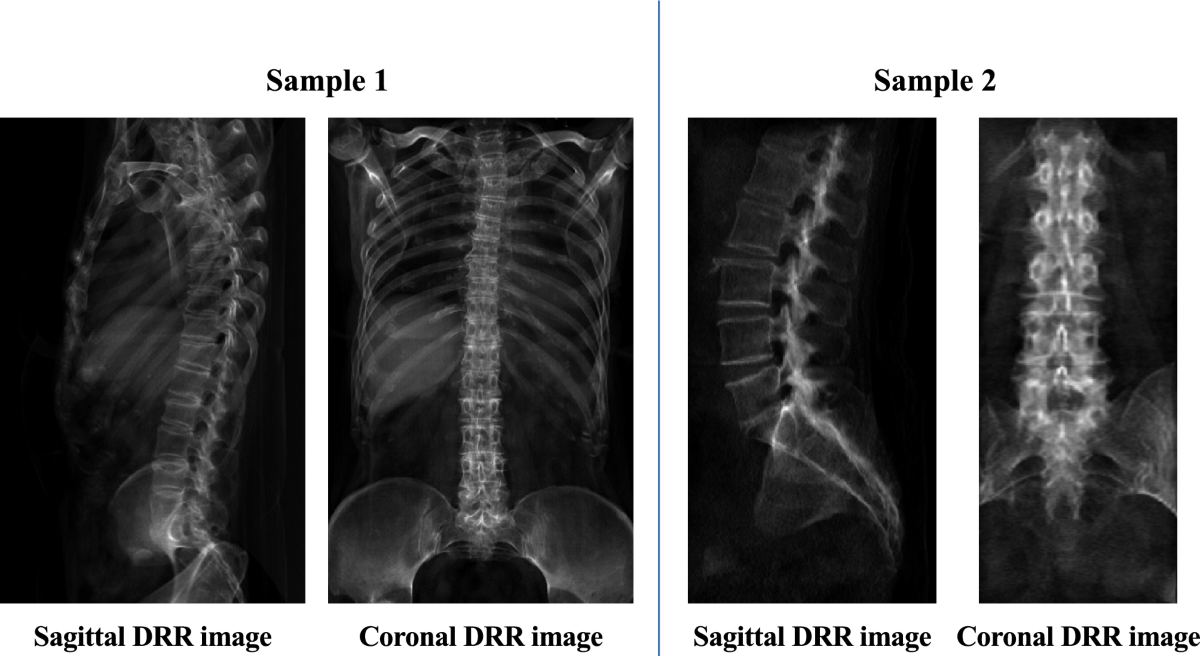Skeletal and Spine Scanning with Advanced 3D Reconstruction
we offer Skeletal and Spine Scanning with Advanced 3D Reconstruction — a cutting-edge imaging technology that provides highly detailed, three-dimensional views of the bones, spine, and joints. This advanced scan helps doctors visualize complex bone and spinal structures with remarkable clarity, enabling precise diagnosis, surgical planning, and treatment monitoring.

Types of Skeletal and Spine Scanning with Advanced 3D Reconstruction
CT Skeletal and Spine Scan with 3D Reconstruction
Uses computed tomography (CT) to create detailed bone images and reconstructs them into 3D models.MRI Skeletal and Spine Scan with 3D Reconstruction
Uses magnetic resonance imaging (MRI) for soft tissue and spinal cord imaging, combined with 3D reconstruction for precise visualization.Whole-Body Skeletal Scans
Evaluates the entire skeleton, often used in cases of bone disease, metastatic cancer, or complex trauma.
What Are Some Common Uses of the Procedure?
Diagnosing spinal fractures, herniated discs, or scoliosis
Evaluating arthritis, osteoporosis, and degenerative bone disease
Detecting bone tumors or metastatic bone disease
Planning orthopedic or spinal surgeries
Assessing congenital spinal deformities
Monitoring healing after fractures or spinal surgeries
How Do I Prepare for My Skeletal and Spine Scanning with Advanced 3D Reconstruction?
Preparation is usually simple and depends on the scan type:
Wear comfortable clothing without metal fasteners or jewelry.
You may be asked to fast for a few hours if contrast dye is used.
Inform the team if you have metal implants, pacemakers, or are pregnant.
Bring any prior imaging or reports if available.
Our team will provide specific instructions before your appointment.
What Will Happen During My Skeletal and Spine Scanning with Advanced 3D Reconstruction?
You will lie comfortably on a padded table that slides into the scanner.
The technologist will position you properly and may use cushions or straps for stability.
The scanner will take multiple cross-sectional images, which are then processed into 3D models.
The procedure is painless and typically lasts 20–60 minutes depending on the area scanned.
After the scan, you can usually resume normal activities right away.
What Are the Reasons for a Skeletal and Spine Scanning with Advanced 3D Reconstruction?
Your doctor may recommend this scan to:
Diagnose unexplained back, neck, or bone pain
Evaluate injuries from trauma or accidents
Plan for spinal fusion, joint replacement, or other surgeries
Investigate suspected bone infections or tumors
Track the progression of spine or bone conditions
Why is Skeletal and Spine Scanning with Advanced 3D Reconstruction Used?
This advanced imaging technique is used because it offers:
Unmatched detail and accuracy in visualizing bones, joints, and the spine
Better surgical planning by providing 3D views of complex anatomy
More precise diagnosis of fractures, deformities, and disease
Reduced risk of overlooking small or hidden abnormalities
Improved patient outcomes through tailored treatment planning
